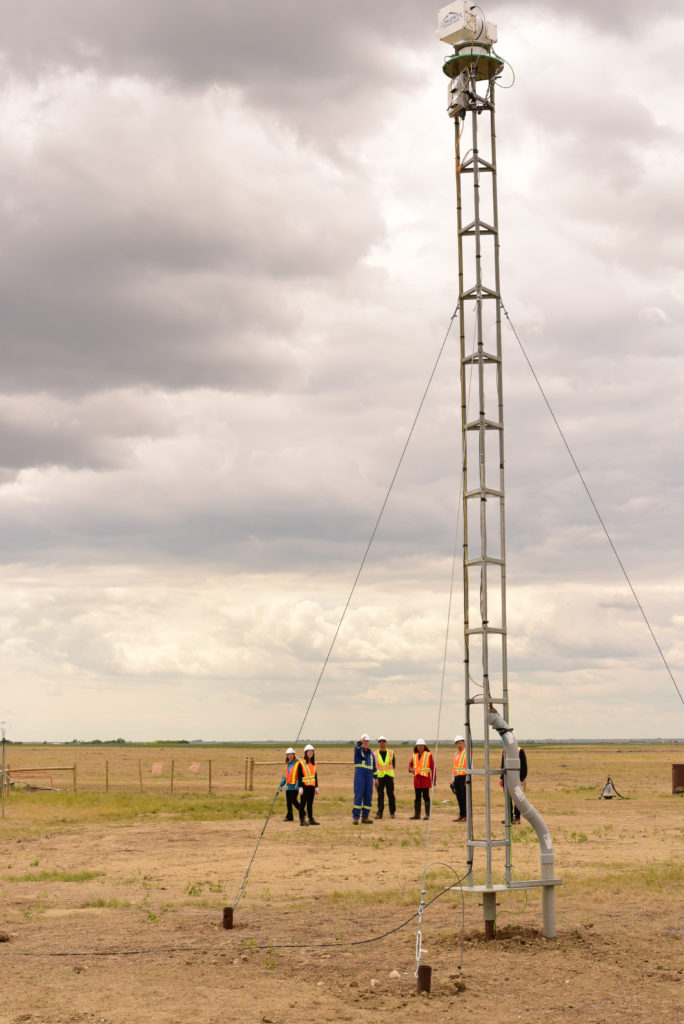With coal under fire as a dirty fuel, more utility companies are choosing – or being pushed by government legislation – to switch to natural gas. And while power production from natural gas does reduce the carbon intensity of electricity, it’s not emissions free.

To fully realize the potential climate benefits of switching to natural gas, which is primarily methane, steps should be taken to minimize unwanted or fugitive emissions. Methane, after all, is a potent greenhouse gas with a 100 year global warming potential 34 times that of CO2.
At CMC Research Institutes’ Field Research Station, we’ve equipped a methane emissions detection centre to accelerate the development and commercialization of technologies that will help industry obtain accurate data on leaks. It’s a key development for a sector that needs sound information in order to meet regulatory requirements and for governments that require accurate emissions data when setting standards.
We know methane leaks are occurring – but we don’t always know where or how much. Some recent studies suggest that data from emission sources like conventional crude oil and natural gas wells are accurately represented in emissions reporting but that emissions data from other sources, such as cold heavy oil sand wells, are under-represented. In Canada, it’s estimated that 44% of anthropogenic methane emissions are from the upstream petroleum industry.
Measurement challenges
Part of the challenge in developing accurate emissions inventories is due to the methods used to capture information. Continuous emissions, like those that vent from wells, are typically recorded by spot surveys. An operate walks through a site and takes a quick read of pipes and equipment. To capture an episodic release, like one that might occur when maintenance is being conducted, monitoring equipment has to be in the right place at the right time, or monitoring has to be conducted continuously at the site.
CMC Research Institutes can tackle both methods with detection equipment it’s installed with the cooperation of Longpath Technologies of Colorado, the University of Colorado Boulder, Université Laval, Telops Inc., and the University of Calgary. Our dual frequency comb laser spectrometer, Picarro cavity ring-down spectrometer and optical gas imaging camera provide continuous and intermittent detection and emissions quantification over a seven square kilometer area.
Mobile equipment for redeployment
The equipment is also mobile so it can be redeployed to measure emissions at client sites. The site is up and running and has provided controlled and uncontrolled releases and emission data for airborne and surface gas detection and monitoring systems in a variety of vehicles including piloted and unmanned aircraft carrying methane spectrometers. To learn more about the methane emissions detection centre might be of use to you, contact: Kirk Osadetz, Programs Development Manager, at kirk.osadetz@cmcghg.com